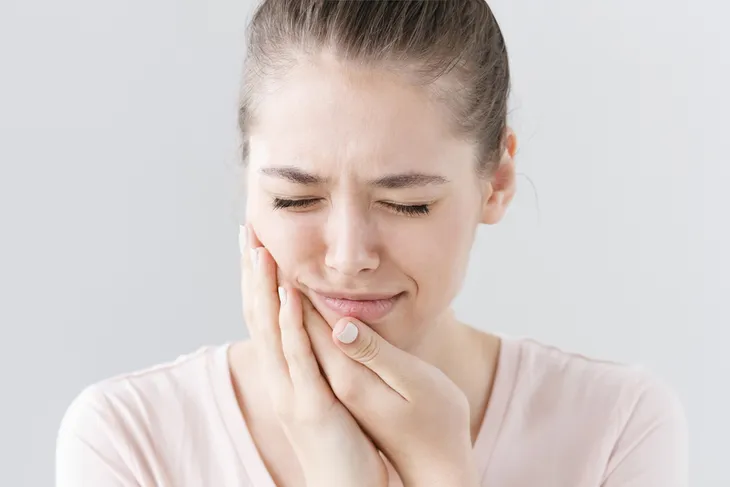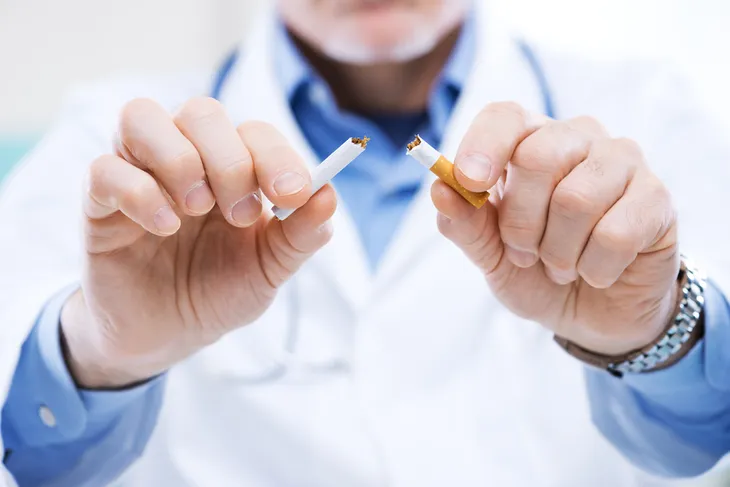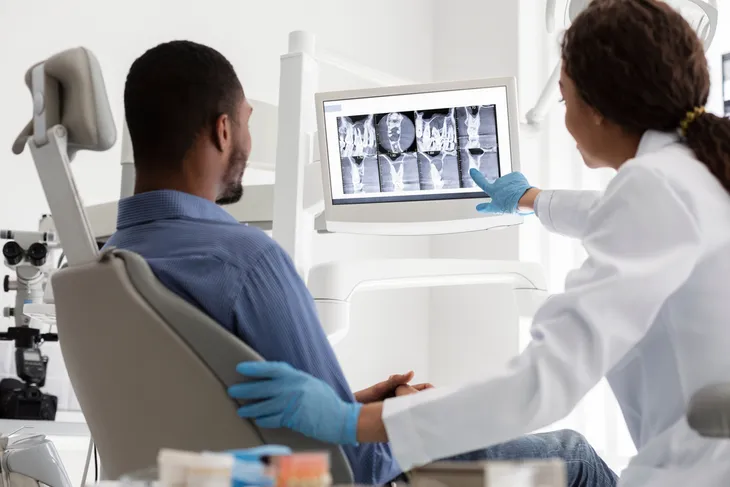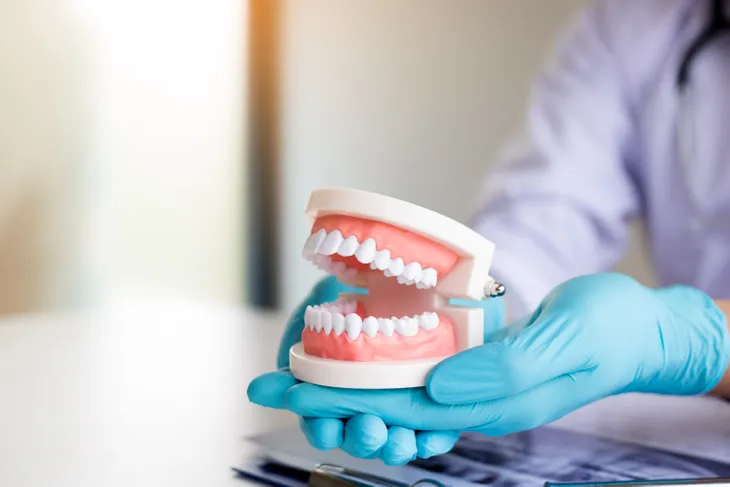- Dry socket is a painful complication that can develop after tooth extraction.
- It can cause intense pain, a foul taste in the mouth, and bad breath.
- Treatment is critical because untreated dry socket will slow down the healing of the socket and can lead to excruciating pain, as well as risk of infection.
- Contact your dentist right away if you think you have dry socket.
Having dental work done is painful enough. But if you must have a tooth pulled (extracted), you may be in for a world of pain due to dry socket, which is clinically referred to as alveolar osteitis.
According to WebMD, only about 2- to 5-percent of individuals develop dry socket after having a tooth pulled. Thankfully (you can stop holding your mouth now), this uncomfortable condition can be treated…
What Is Dry Socket?
Dry socket is a complication that can develop after tooth extraction. When a tooth is removed, “a blood clot forms to protect the hole in your gums as it heals,” explains Healthline. But when the clot doesn’t form properly or falls out, dry socket can develop.
This is a cause for concern because dry socket leaves your bone and nerves exposed. Additionally, it can be very painful and lead to other serious complications.
Common Symptoms of Dry Socket
To say that dry socket is painful is an understatement for anyone who’s experienced this condition. While discomfort and tenderness after a dental procedure can be common, dry socket is intense pain that doesn’t dissipate within a few days to a week.
Additional symptoms of dry socket include a foul taste in the mouth, bad breath, and a distinctive pain that radiates into your ear. You can also visibly see dry socket if you look inside the hole left behind by an extracted tooth. You will likely see exposed white bone at the base of the hole, not a dark blood clot that should be present as protection.
What Does Dry Socket Feel Like?
When dry socket develops, it usually causes a steady, throbbing pain, says Healthline. The pain can be severe, making it difficult to focus on work and other tasks. In some cases, even over-the-counter or prescription medications fail to ease the pain.
Pain caused by dry socket can also radiate to other parts of the body, such as your ears, eyes, temples, and neck. You may also experience pain when you breathe in cold air or drink a cold beverage.
What Causes Dry Socket?
As mentioned earlier, when a tooth is removed, a blood clot will naturally form in the hole in the bone left behind in the days following the extraction. The blood clot forms to provide protection to the nerves and bone underneath, allowing for healing to take place.
However, if the blood clot disappears (or becomes dislodged), dry socket can occur when the nerves and bone are suddenly exposed to all sorts of painful irritants, including food, fluids, and even air. Unfortunately, dry socket also leaves the area of extraction prone to awful pain and infection.
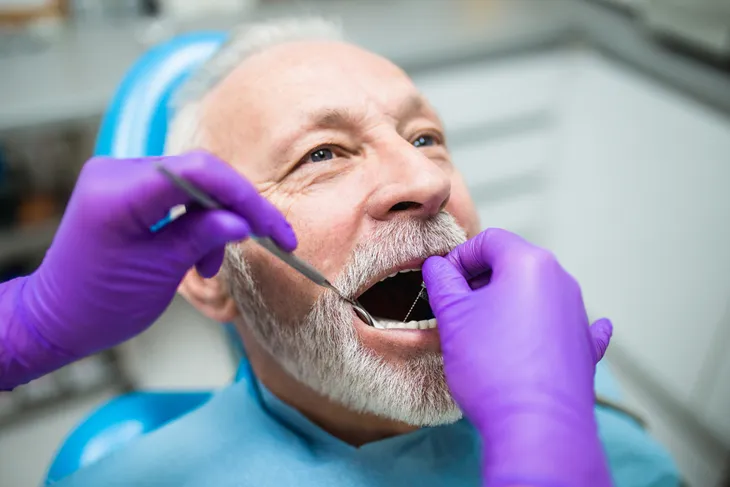 hedgehog94 / Shutterstock
hedgehog94 / ShutterstockSmoking Can Cause Dry Socket
If you suspected that smoking is a huge risk factor for dry socket development, you’re correct! According to MedicineNet, smoking, or more specifically nicotine, zaps the hydration and blood supply within the mouth. This can interfere with normal blood clot formation in the extraction area as part of the natural healing process.
If you smoke a pipe, cigars, or cigarettes, try to stop smoking a few days prior to your dental extraction to prevent dry socket. Also, check with your dentist to see if any medications you’re taking may make you prone to developing dry socket.
Other Causes of Dry Socket
In addition to smoking, dry socket is often caused by the medications you take. For instance, oral contraception can interfere with your body’s ability to clot following a dental procedure.
Blood clot formation can also be hindered in individuals with a dense jawbone, a pre-existing infection (i.e., periodontal disease), or the presence of excess bacteria in the mouth. Certain habits, such as rinsing or using a straw, can also cause the blood clot to dislodge from the tooth socket.
 novak.elcic / Shutterstock
novak.elcic / ShutterstockWhen to See a Dentist
If you suspect you’re experiencing symptoms of dry socket, contact your dentist right away. They will need to take a look at it to confirm a diagnosis.
Your dentist may suggest an X-ray to confirm that another condition isn’t causing your symptoms, such as a bone infection (known clinically as osteomyelitis). Healthline says your doctor will also want to confirm that root fragments or bone of the extracted tooth aren’t still present at the extraction site.
Dry Socket Treatment
If pain persists, you should see your dentist right away. If dry socket is diagnosed, your dentist will first clean the socket to ensure it’s free of debris, such as food and other particles. This is necessary to prevent infection, and it may also help reduce your pain.
After cleaning the socket, your dentist may pack it with a medicated dressing or paste. This can also help reduce your pain. Your dentist may also need to replace or remove the dressing after a few days.
Treatment: Pain Management
Pain relievers may be necessary to help with the management of this condition. Your dental professional may prescribe a non-steroidal anti-inflammatory medication to relieve pain and anesthetize the extraction site. If a prescription medication isn’t necessary, they may recommend an over-the-counter medication that can help provide relief.
If an infection is suspected, your dentist may also prescribe a mouthwash or oral antibiotics. Always follow the guidance of your dentist when it comes to medication.
At-Home Treatment
To help your extracted tooth heal and to prevent dry socket from developing again, it’s important that you follow an at-home treatment plan. Medical News Today says you may need to flush the socket with a saline solution or medicated rinse for several days.
If your dentist prescribes medication, be sure to take it to help manage the pain. Finally, it’s critical that you keep up with your follow-up appointments to ensure the extraction site is healing properly.
How to Prevent Dry Socket
Following a dental extraction, you can do your part to prevent dry socket by following precise after-care instructions. The Mayo Clinic recommends avoiding any dehydrating beverages (such as coffee or alcohol) for at least 24-hours. It’s also important to avoid using a straw.
When eating, choose soft foods, such as smoothies, yogurt, and applesauce, and stay away from hard or spicy foods that can cause irritation. Avoid smoking for at least 48-hours following dental surgery and cleanse your mouth by gently brushing and rinsing with a lukewarm saltwater rinse after meals and throughout the day, while avoiding the extraction wound as much as possible.
Any pain or suspected infection should be brought to your dentist’s attention immediately.
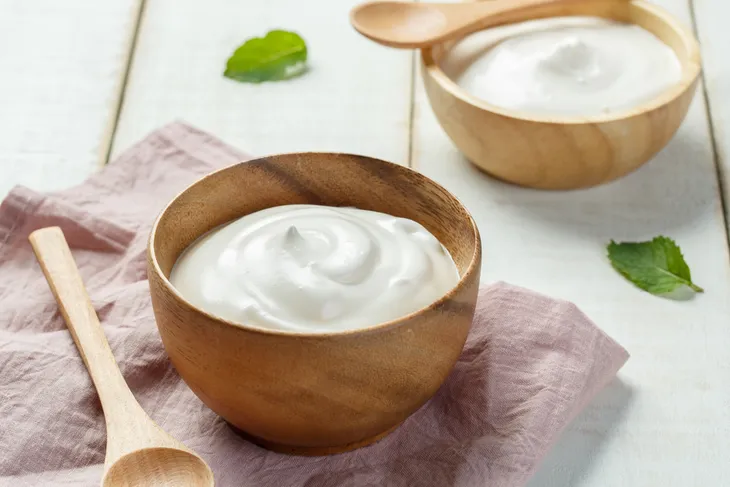 Shutterstock/DONOT6_STUDIO
Shutterstock/DONOT6_STUDIOThe Outlook
Dry socket can be a painful condition, but it is very treatable. Shortly after you begin treatment, you should begin to notice an improvement in your pain. Healthline says the pain should be completely gone within a couple of days.
If you’re still experiencing pain or swelling after 5-days, contact your dentist. Excess debris may still be present in your socket or another underlying condition may be the cause.
It’s also worth noting that having dry socket will increase your risk of developing it again in the future. This is why it’s important to inform your dentist of all your medical history, especially in the event that you need another tooth removed.



